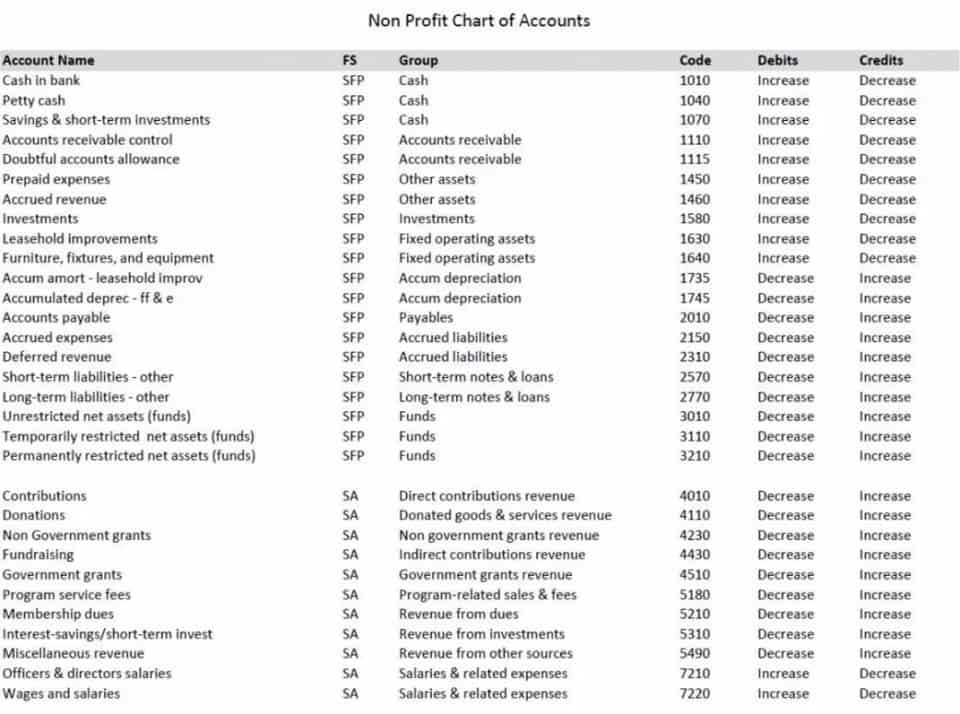
The COGS in a SaaS business typically includes costs related to hosting, server and network infrastructure, as well as personnel costs for customer service and billing expenses. To accurately calculate the gross margin, it is important to track and account for these costs appropriately. It gets pretty obvious for most subscription companies if they have cash, not accrual accounting.

In recent years with the surge of the SaaS economy, accounting practices have evolved too.
Embrace Your Role in Strategic Financial Management
Plus, comparing it to burn, spend and other metrics produces powerful efficiency KPIs. Typically a metric over 3x is good; under 3x and there is a danger that the company will never generate enough cashflow to over come operating expenses, and thus will never become cashflow positive. We believe that it’s our team’s job to help save our CEOs time and take care of the basic bookkeeping tasks that other services dump onto their clients. Our SaaS clients have raised billions in venture capital, and former clients have been acquired by massive public companies like Cisco, Apple and others - so we know how to prepare you for due diligence.
- These models are easier to manage and sufficient for most early-stage SaaS startups.
- Further, they have a lower COGS which only consists of the hosting cost, merchandise fees, and support cost.
- Managing a business in the cloud should be done from a functional point of view.
- Get in touch with us today to learn more about our monthly bookkeeping options.
- One of the challenges of revenue recognition for SAAS companies is determining the length of the contract.
- It can only recognize the portion of the revenue in a given period that represents the worth of service rendered in the given period.
- But using cloud software instead allows the accounting functions to be done on a remote server over the internet.
SaaS companies may have inconsistent cash flow, as customers can cancel or downgrade their subscriptions at any time. If you’re looking to hire a SAAS accountant or bookkeeper, there are numerous options available to you. You can use job boards and search engines to find freelance or full-time SAAS accountants or bookkeepers, or you can work with a company that specializes in providing accounting services to SAAS businesses. Another challenge is determining the fair value of the services being provided. SAAS companies must be able to estimate the fair value of their services at the time of the contract, as this will impact revenue recognition.
Setting up a chart of accounts for a SaaS business
The resulting percentage represents the percentage of revenue that a company retains after deducting the direct costs of producing its products or services. Not to be confused with a cash burn rate, a SaaS burn multiple is a measure of a company’s capital efficiency vs its growth. It’s a good metric for evaluating the financial health and growth potential because the metric takes into account both gross margins/profit and sales and marketing expenses. Because of the way revenue transactions recur in a subscription business, small errors can become big problems if not caught early - including having to restate the balance sheet and income statement.

These revenue items can get a little confusing for founders who aren’t experienced finance professionals. This is a great place that an experienced accountant can help a founder stay focused. Revenue is the lifeblood of SaaS businesses, but the accounting is anything but simple. One of the biggest differences in how B2B vs B2C businesses run and manage their SaaS accounting is billing saas accounting and invoicing. B2B startups with only a handful of large, enterprise clients often get away with using simple invoicing solutions like the billing offerings offered by Intuit (embedded in QuickBooks). Consumer facing companies have more robust billing requirements, and often have a SaaS accounting system setup that includes Shopify, app store billing and other complicated systems.
SaaS Accounting – Financial Reporting and Metrics
However, it can also be more difficult to implement and may require more accounting expertise. Another key feature of SAAS accounting is that it involves the management of complex financial processes such as revenue recognition, deferred revenue, and subscription billing. In this type of accounting, the focus is on tracking the financial performance of a SAAS business, which includes revenue, expenses, cash flow, and other financial metrics. Most SaaS companies use cloud accounting software to handle their financial statements and reporting because of the intricacy involved. Subscription companies often get paid ahead of time for a service that will be delivered over the course of a year. We see many inexperienced bookkeepers recognize the full cash payment upfront as revenue instead of recognizing it over time.
But they create complex accounting scenarios where you are recognizing pieces of revenue, for the same customer, in different periods. A bonafide SaaS accounting system https://www.bookstime.com/articles/what-is-a-sales-invoice will take the hassle out of mods to your contracts and normalize them on books. So that you are always recognizing revenue correctly as performance obligations are met.
